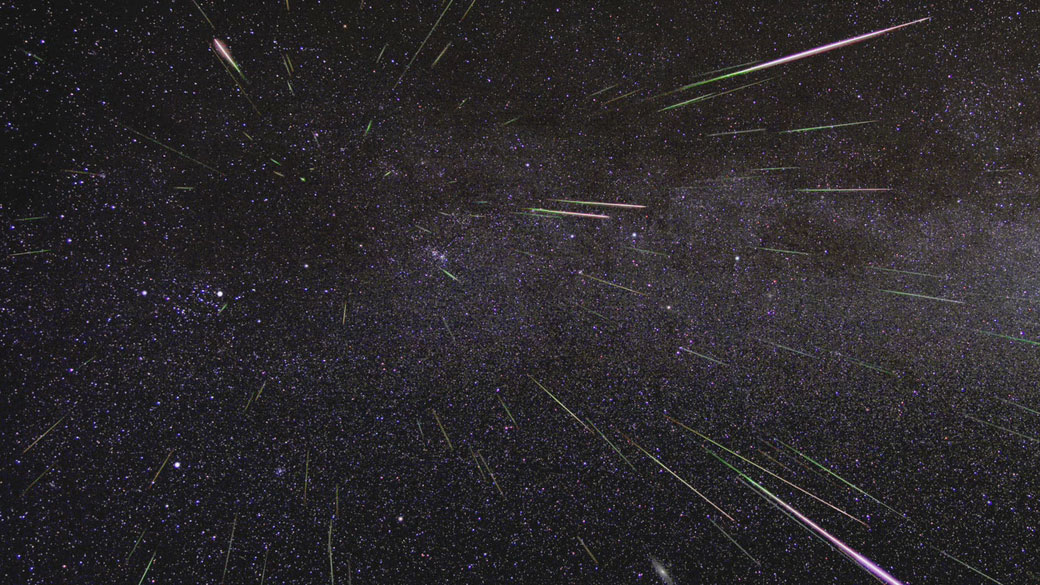TORONTO – Bundle up and head outside: one of the best meteor showers of the year has begun.

The Geminid meteor shower — which peaks on the night of Dec. 13 to 14 — can produce some of the best meteors. They may not be plenty, but they’re typically bright.
Most meteor showers are due to Earth passing through debris left over from a comet. Essentially, our planet moves through the path of all the dust and debris that was left over during a comet’s voyage around our sun. In the case of the Geminids, we have entered the stream of debris leftover from an asteroid, 3200 Phaethon.
READ MORE: Top 5 astronomical events you don’t want to miss
The downside is that at the moment, we have a nasty (but beautiful in its own right) full moon to contend with. The upside is that, by the time we reach the peak night, we will be down to a waning gibbous moon which will not be as bright. As well, the moon rises later and will be below Gemini, the apparent source of the meteors.
You can find Gemini near Orion (the constellation, not the new NASA spacecraft) as it rises in the east. Look for the three belt stars and you know you’ve found it. Go up Orion’s left shoulder star, which will be somewhat orange. Just to the left of that is the constellation of Gemini. That’s where the meteors will originate. However, all you have to do is look up and you’re likely to see a meteor or two.
In order to catch the meteors, the rule is: the later, the better. That’s because the constellation where the radiant is (or area from which the meteors seem to originate, resulting in the showers’ names) rises higher in the sky, which of course is darker.
But if you don’t want to stay up into the wee hours of the morning, you might be able to catch some Earth-grazers. These are meteors that almost skip off the Earth’s atmosphere. They are slow-moving and bright. If you see one, you won’t soon forget it!




Comments